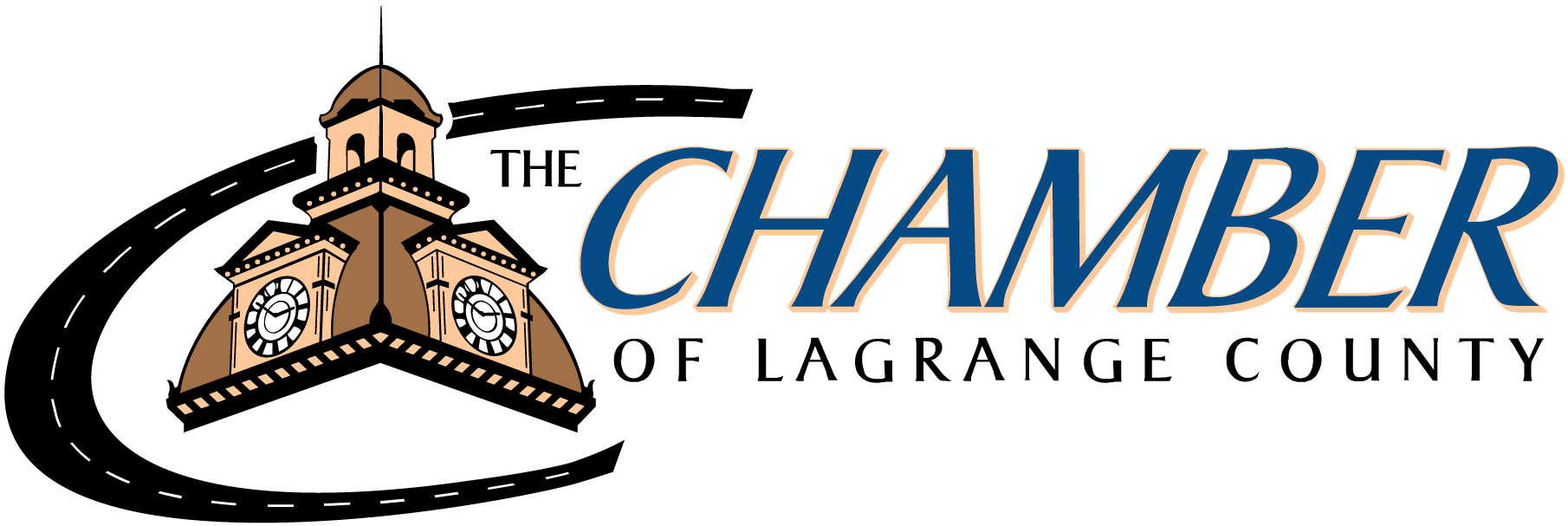Our Time is Now - Coffee with the County
If you’ve read my column for very long, you’ve probably read this quote from the mom of my childhood friend: “Every day the thing to do is learn a little something new.” Allow me to give you some new facts to tuck away:
- Did you know that in 2024, the Indiana General Assembly of legislature passed 172 new laws, most of which went into effect for Hoosiers on July 1 of last year?
- Did you know that, while there is no official count of laws in the United States, there are roughly 5,000 federal statutes, and 300,000 regulations that could result in criminal penalties?
- Did you know that the Indiana General Assembly of elected representatives and senators meet “in session” every year, typically from January to April (depending on whether or not it’s a short session, or a long session–a budget year)?
The truth of the matter is, there is SO MUCH to be learned about how our government operates. The system of governance flexes often, because our elected officials are constantly pursuing shifts and changes which have the possibility of bettering our society. And, depending on which party those officials fall into, the “shifts” and “changes” differ. It’s a constantly fluid pursuit.
At our local, county Chamber of Commerce, we work to pay particular attention to our state General Assembly every year, and the bills moving through the different chambers of government. This year is no different, with 543 Senate bills authored, and 714 House of Representatives bills put forth. That’s over 1,200 bills written, with the end-goal being a change or shift in how the state of Indiana is governed! Talk about a massive amount of paperwork!
As a reminder, here are the basic steps for how a bill becomes a law (if, and when that happens) in the state of Indiana:
- An idea is brought forward by a Senator or Representative, and is sponsored (individually) or co-sponsored (with other legislators). The Legislative Services Agency properly drafts the bill in technical form.
- The bill is either called for First Reading in the chamber it is written (the House or the Senate), or it “dies,” meaning it goes no further in the General Assembly.
- The bill is either assigned to a committee (in the chamber it is read) for review, or it dies.
- The committee can choose to schedule the bill for public hearing, or choose not to, in which it dies.
- The bill is heard at a public hearing in which the committee discusses the pros and cons of the bill, and any interested party may ask to testify on behalf of or against the bill. Following this, the bill can be voted on or tabled (in which it may or may not come back for a vote). If not voted favorably, it dies.
- If the bill passes the committee vote, it is sent back to the chamber of origin for a Second Reading. If the chamber’s leadership chooses not to schedule it for the Second Reading, it dies. If the bill is scheduled, amendments can be suggested. The amendments must be approved by a majority vote of that chamber, followed by another vote on the bill itself. If it is not approved, it dies.
- If the bill is approved, a Third Reading may be scheduled in the house of origin, or it will die. If scheduled, amendments and votes are once again made and welcomed. In this Reading, amendments pass with a two-thirds approval. If the bill’s overall vote is not approved, it dies. If the bill approves, it is sent to the other chamber (the Senate or House) to start this process all over again.
- If the other house chooses to act on the bill, it must pass through First Reading, Committee, Second Reading, and Third Reading. If it does, it returns to its house of origin.
- If the bill passes through the house of origin with no amendments, it is sent to the Governor for signature to law. Amendments may be injected here in the house of origin, upon which many approval votes must again take place.
I’d like to point out here how many steps are included, and how many opportunities a bill has to “die.” There are over twenty times in which a bill could be halted in its tracks, eliminating its chances of being turned into law. In many lobbying groups, some bills are written and re-written year after year (and, may I add, amended along the way). Sometimes, it takes literal years for a change to come into effect! Equally, a bill is vetted quite thoroughly before it is agreeable for law.
This process is strenuous and expansive, and is happening on our behalf RIGHT NOW in Indianapolis. This long session (a budget year for the state) is underway, and our legislators are drafting bills and casting votes on behalf of LaGrange County. Do you know what they are writing, supporting, voting for, and testifying about? If you don’t, you should!
We want to give you the opportunity to engage and know what is happening, how it happens, and how you can get involved, because ultimately, these decisions at the statehouse impact life, business, and recreation here in our communities. A simple phone call to your legislator letting him or her know about a bill (because they don’t closely watch all 1,200!) or asking for their support for a bill is all it takes. It’s our privilege to have a voice, and we’d be remiss if we don’t use it.
Here’s how you can learn more and get involved. Our time is now!
- Visit the Chamber’s website to see updates from our regional and state partners (www.lagrangechamber.org/advocacy_corner)]
- Sign up for updates from the organizations you support. Do you want to learn more about business-focused bills? Sign up for email alerts from the Indiana Chamber of Commerce, the Regional Chamber of Northeast Indiana, or the U.S. Chamber of Commerce. Do you want to learn more about how an organization you support is lobbying at the statehouse? Sign up for email alerts through their organizations.
- Contact your legislators:
- Indiana Representative Tony Isa: 800-382-9841
- Indiana Senator Sue Glick: 800-382-9467
- U.S. Senator Jim Banks: 202-224-4814
- U.S. Senator Todd Young: 317-226-6700
- U.S. Representative Marlin Stutzman: 202-225-4436
Source: www.IN.gov/statehouse





